

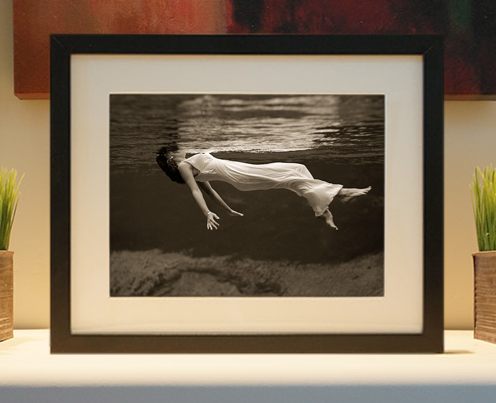
Framed or unframed, desk size to sofa size, printed by us in Arizona and Alabama since 2007. Explore now.
Shorpy is funded by you. Patreon contributors get an ad-free experience.
Learn more.

- Lofty addition
- In 1912
- Keenan Building
- Six years old
- Taken from the P.J. McArdle Roadway?
- It stood only 47 years
- Three track mind
- Incline to the right
- Reach for the sky, 1912 style
- No clean sweep
- Same Job Title, Same Face
- Sadly Lost
- Beautiful ...
- Where you get your kicks
- Aim High
- Pueblo Revival sisters
- Pueblo Neoclassicism
- Milk Man
- Regional dialect.
- Spielberg's inspiration
- Great Photo
- Loaf Story
- Do you still have the Rakes category?
- Could almost be a scene from the 1957 movie 'Hell Drivers'
- The Wages of Fear.
- Conspicuous by their absence
- Got Milk?
- All that aluminum
- No lefties
- Smoke 'em if you've got 'em
Print Emporium
The Tenement: 1905
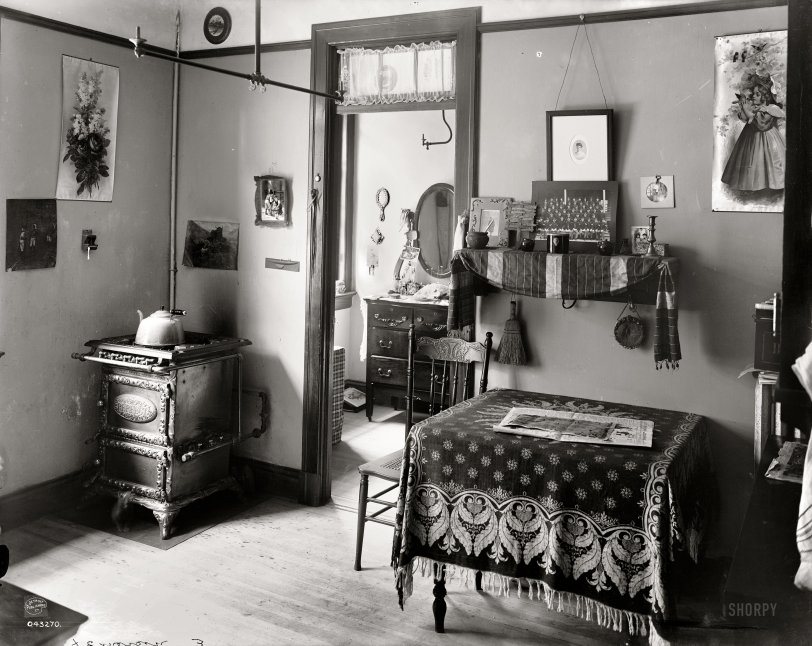
Circa 1905. "New York tenement." With a number of tiny inhabitants in evidence. Dry plate glass negative, Detroit Publishing Company. View full size.
Pipes
The pipes above the stove are gas pipes. Note the shut-off valves on the pipes.
Try and visit
GeezerNYC submitted the comment that shorpsters can visit the Tenement Museum in NYC and see a recreation. In fact,you can enjoy an in depth online recreation and 360 degree walkthroughs of these wonderful tenements at http://www.tenement.org
The site is dedicated to the stories of immigrants who lived in 97 Orchard Street, a tenement built in 1863 on Manhattan's Lower East Side. There are TONS of picture archives, a virtual tour, collections, first hand accounts of several families that lived there and LOTS more. I've visited it several times and I love it every time. I'm sure it is NOTHING like taking an actual walking tour of the tenement museum but it's as close as I can get for now. I suggest that everyone check this out. I'd also like to say that the comment such as how it had to have "smelled" in the heat of summer, etc. just bummed me out. So it may have smelled. so what. Many of these people struggled and busted their rear ends like no tomorrow just to get bread on the table and clean clothing to wear, to put shoes on their kids feet and on and on. We truly can't even begin to compare our lives today to the lives of the vast majority of those who lived in these tenements. They made the best of what they had. It was home.
Perfect
I actually have an ad for this very oven - posted in a Dayton publication from 1904.
It was placed by the Dayton Gas Light and Coke Company.
COKE COKE COKE
SMOKELESS FUEL
Recommended by all Range and Furnace Manufacturers as being the cheapest, cleanest and most reliable fuel.
Orders received at the Dayton Gas Light and Coke Co's Office
etc. etc.
Gaslight
Did one have to climb a ladder or stand on a high chair whenever they wanted to light the gas jets?
Tenement Defined
It's a little puzzling how the word "tenement" came to imply poverty or deprivation. I suppose the constant association by Lewis Hine and others of the word to their photographs of dire poverty would do the trick.
Technically, the word tenement, as defined by New York City anyway, means any building that houses three or more unrelated families. The doorman buildings on Park Avenue are, by strict definition, tenements as well.
What are those pipes for?
Does anyone know what use the pipes from above have? They might be a fire suppressant, but I am not sure.
[The "pipes" are gas light fixtures. - Dave]
Flash of memory
when I noticed the wooden match holder next to the stove! Haven't seen one of those in a kitchen since the '50s.
Lewis Hine
must think everyone lives a wealthy life. This apartment looks clean and lovingly "decorated" to the best of the tenants' ability. I don't think it is all that bad!!
[Perhaps, but this is not a Lewis Hine photo. And did anyone say it was bad? - Dave]
The Gift of the Magi
I have never felt closer to O. Henry than at this moment.
Basement Cat
I often wondered where Basement Cat got his start. Now I know. (I wonder if anyone else got that).
Boat model
To the left of the doorway is a half-model of a boat hull with a centerboard. It's a technical rather than a decorative object and makes me suspect that someone in the tenement was a boatbuilder.
It's definitely a well kept room and a superior tenement, but I bet that on a hot day it SMELLED.
Stove Update
A little Google research indicates my earlier thought the stove was a conversion may have been wrong. The Gem City Stove Company in Dayton, Ohio, produced a gas stove from the late 1800s up until the Depression known as the "Perfect."
Yarn swift
The thing reflected in the mirror appears to be a yarn swift, or winder. The bag would be used to store it.
Those are definitely flatirons (or, as they are known down here in the South, "sad irons," as it was a sad day when you had to use them because no matter the weather a lot of heat was involved).
Great photo with lots of history which is somewhat lost except in museums or as one contributor pointed out a Tenement tour in New York.
Quibble accepted
Old Molly agrees with the Tipster and stands corrected. Through mergers and various name changes, the paper survived until relatively recent years.
The Evening Journal revisited
Since the old New York Journal-American was my late father's favorite newspaper, I'm going to have to quibble with Old Molly's history of the New York Evening Journal. The history account I found has William Randolph Hearst publishing both the morning American and the Evening Journal in New York from 1895 until they were combined in 1937 into the afternoon Journal-American, which continued as a Hearst publication until 1966, when it was merged with the old World-Telegram and Sun and the Herald-Tribune into the very short-lived World-Journal-Tribune.
Love the Rohrshach tablecloth
Not about to divulge the things which popped into my imagination by that design along the bottom edge. Okay, one. I see a bearded gent with spectacles peering through an arbor.
Another thought came to mind while examining the photos in the room. Which was the chance we just might come across a Shorpy photo hanging on the wall in another Shorpy photo. I'm too old to use the phrase "that would be so cool," but that would be apt.
Remodel
The disk high on the wall is a decorative cover used to plug an opening where an old flue pipe went through the wall, probably from a coal stove. Judging from the matching cover in the bedroom, the flue went horizontal for a while before heading up and out. The cover had spring clips on the back that snapped into the circular opening.
Anyone make out what's in the mirror?
Home Sweet Home
As somebody who lives in a 274-square-foot tenement from 1871 in the West Village, I find this photo wonderfully revealing. My home as been updated (in 1934), but still retains a lot of quirks. This shot is such a wonderful view into the personal lives of folks that lived in homes like my own. I can only imagine how warm the home must have been in the summertime with the cast iron stove and gas lighting.
More photos like this please!
What is it?
Can anyone tell me what the woven wooden object is that in propped up on the wall shelf?
[A fan. - Dave]
Iron
It is faint in the photo, but it appears there is a flatiron leaning against the baseboard behind the corner of the stove.
Location, Location, Location
The photo doesn't let us know where in NYC it is. 1910 tenements usually conjure an image of the Lower East Side, a neighborhood of immigrants. In this picture, which could be in Midtown, Yorkville or the Upper West Side or even Harlem, we have reasonable living quarters for 1910. The newspaper on the table appears to be in English. One picture on the wall show a Military unit, possibly a Spanish-American or Civil War Unit that a resident or relative served in. A tenement building was and is a way of life in many American Cities. Many remain in the poorer neighborhoods today, however the very upscale Upper East Side of Manhattan has them on almost every block east of Madison Avenue. A few are run down, but most are well kept and the monthly rents, where they are not controlled, are in the multiple thousands. The vacancy rate is around 1%.
Not your typical tenement
While we can't quite see through the window to the left of the oval bedroom mirror, it is evident from the amount of sunlight coming through that the window opens to the outside. It's a sign that this tenement is of higher quality (and rent) than most. Tenement bedroom windows usually opened onto narrow airshafts that admitted dim light and very little fresh air.
Also, many tenement dwellers in 1910 would have been first-generation immigrants, mostly from southern or eastern Europe. If immigrants, the occupants of this tenement are at least knowledgeable enough in English to be reading an English-language newspaper. Again, if they're immigrants at all: the picture of soldiers looks like it could have been from the American Civil War, more than a generation in the past when this picture was taken.
Evening Journal
The New York Evening Journal was a daily (except Sunday) published by William Randolph Hearst from 1897 to 1909. The paper was sold in 1909 and ceased publication in 1911.
Photo on shelf
Looks like a National Guard Company group photo
The dressing table
Notice the hat pins, scent bottles and other such items on the dressing table. This tenement dweller did not leave home unadorned!
Tenement Museum
If any Shorpsters find themselves in NYC, they can visit the Tenement Museum and see a re-creation of a tenement much like this one. It is a fascinating place with, yes, some old photographs. It is on Orchard Street on the Lower East Side.
Basement cat
The first known photo of Basement Cat emerging from the shadows.
Lord of the Flies
See the little black kitten in front of the stove? Hopefully he (she?) won't get a paw in either of the two sheets of flypaper, one on each table. Plenty of flies to keep Kitty entertained.





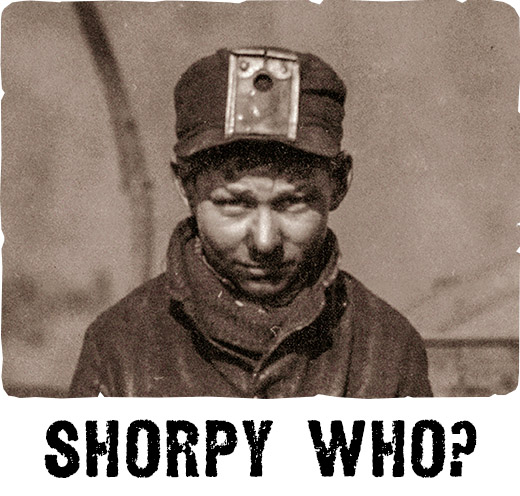
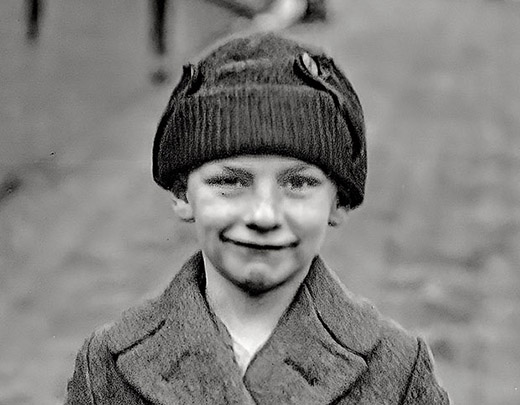
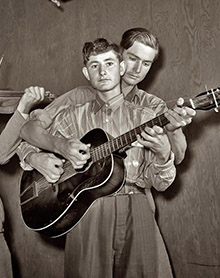
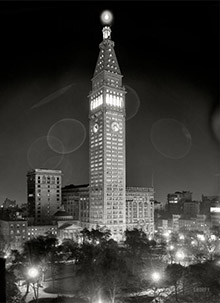
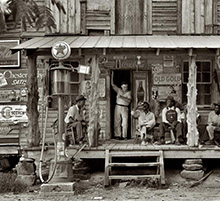
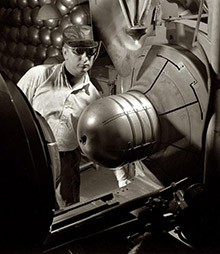
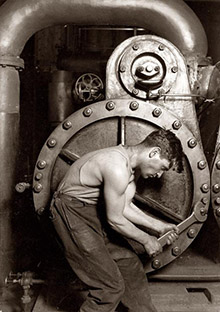
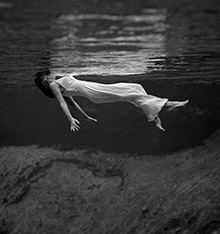
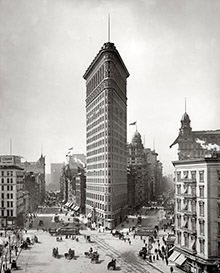
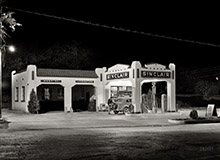
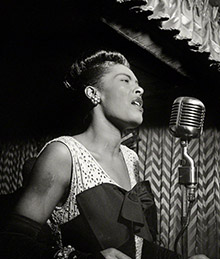
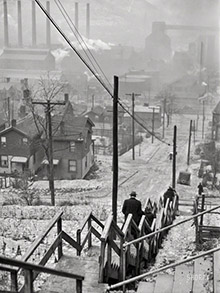
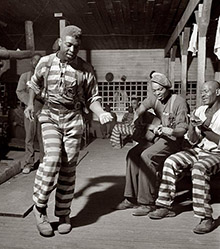
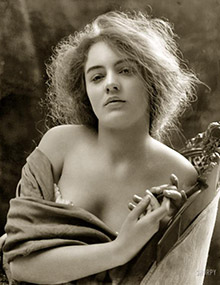
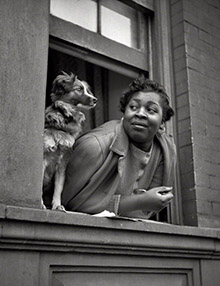
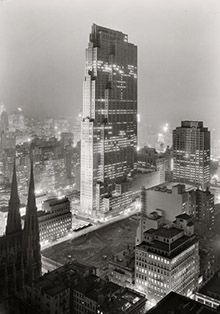
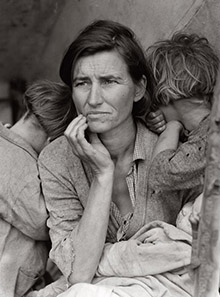
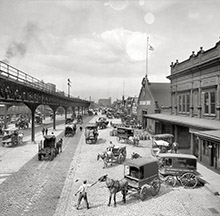
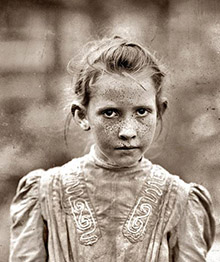
On Shorpy:
Today’s Top 5